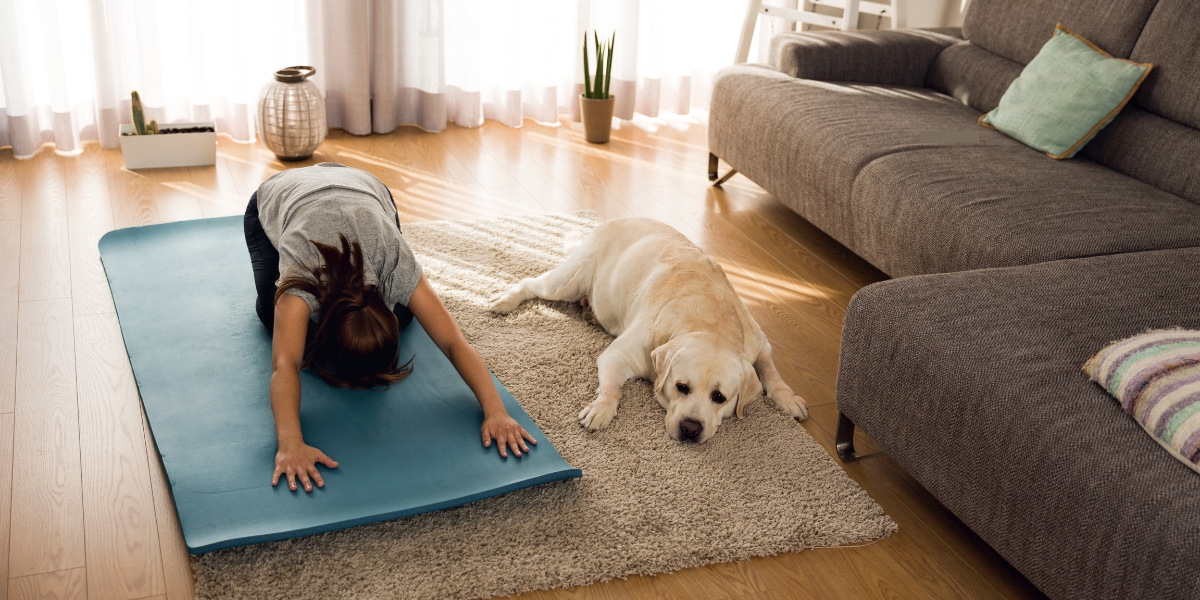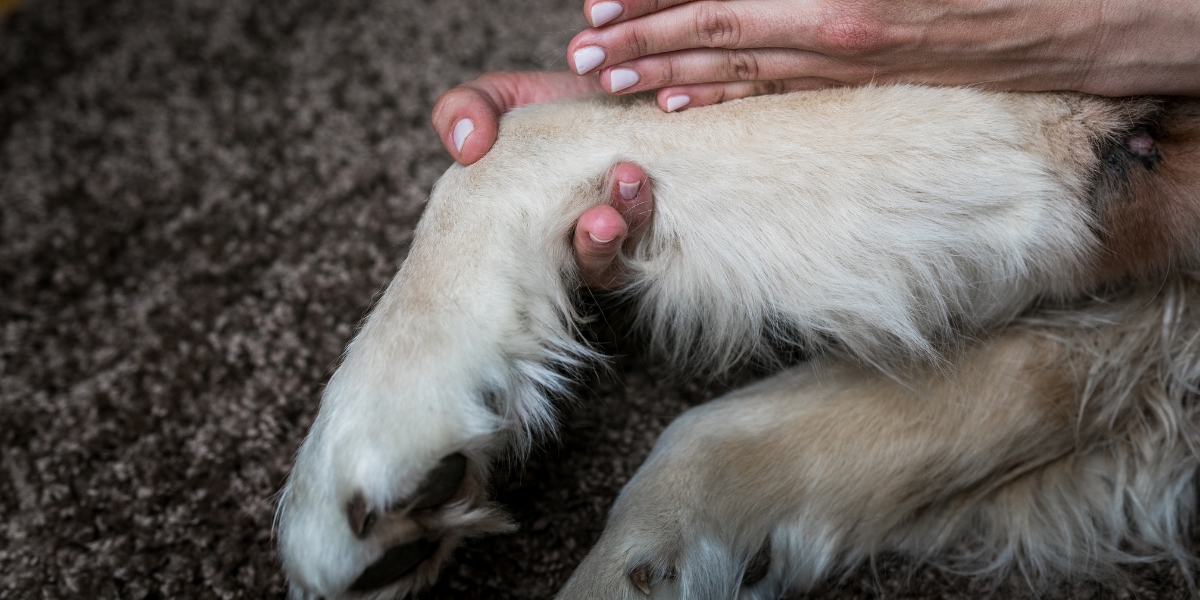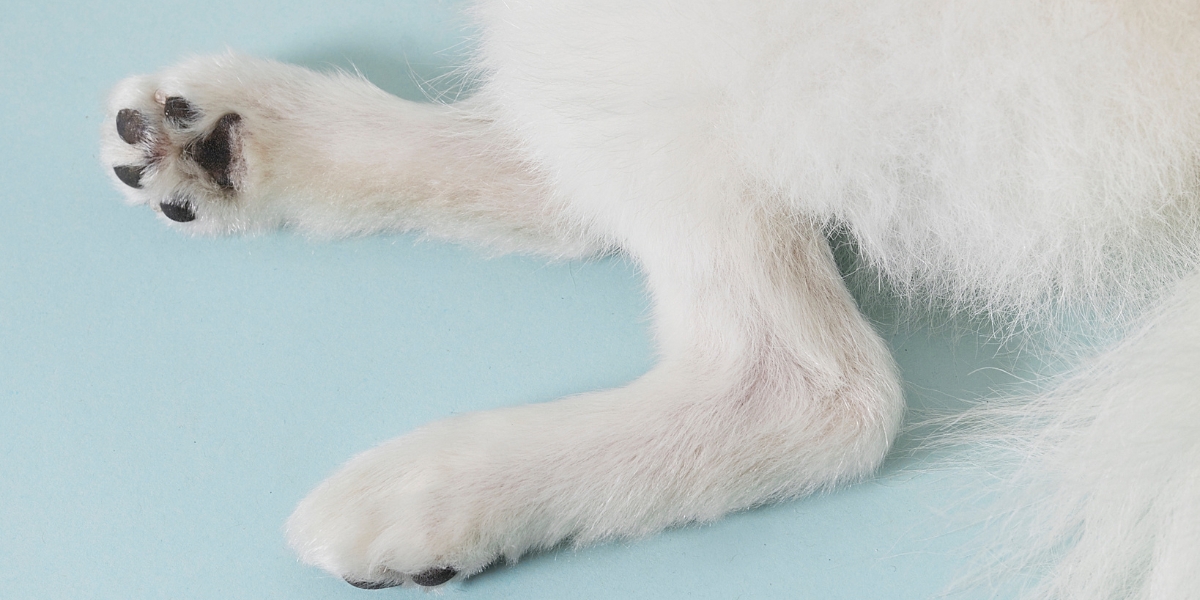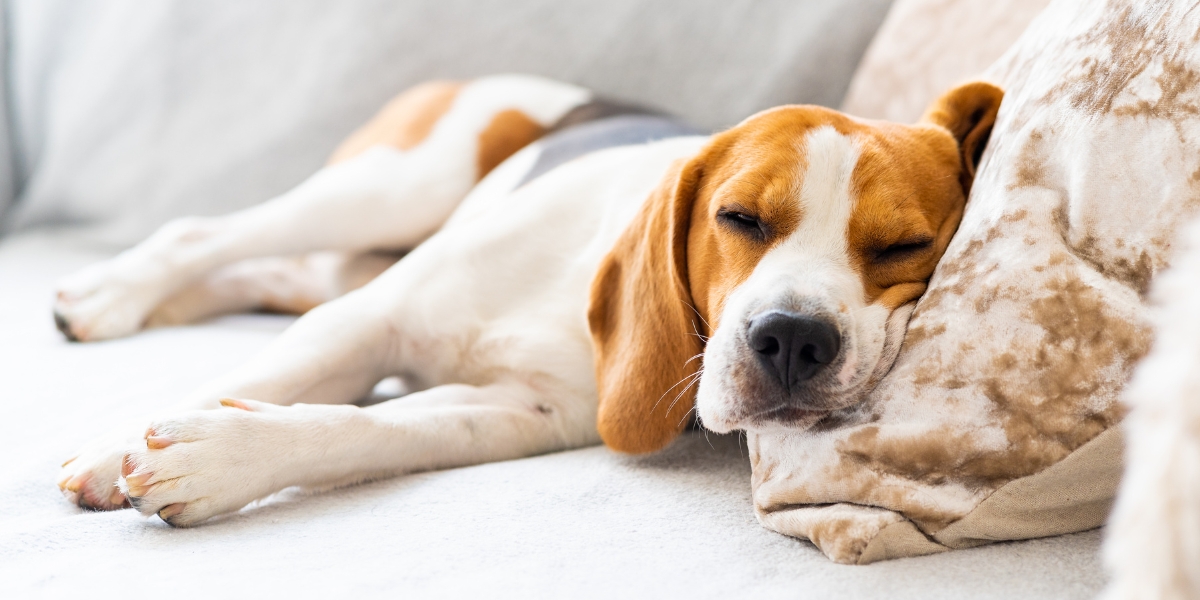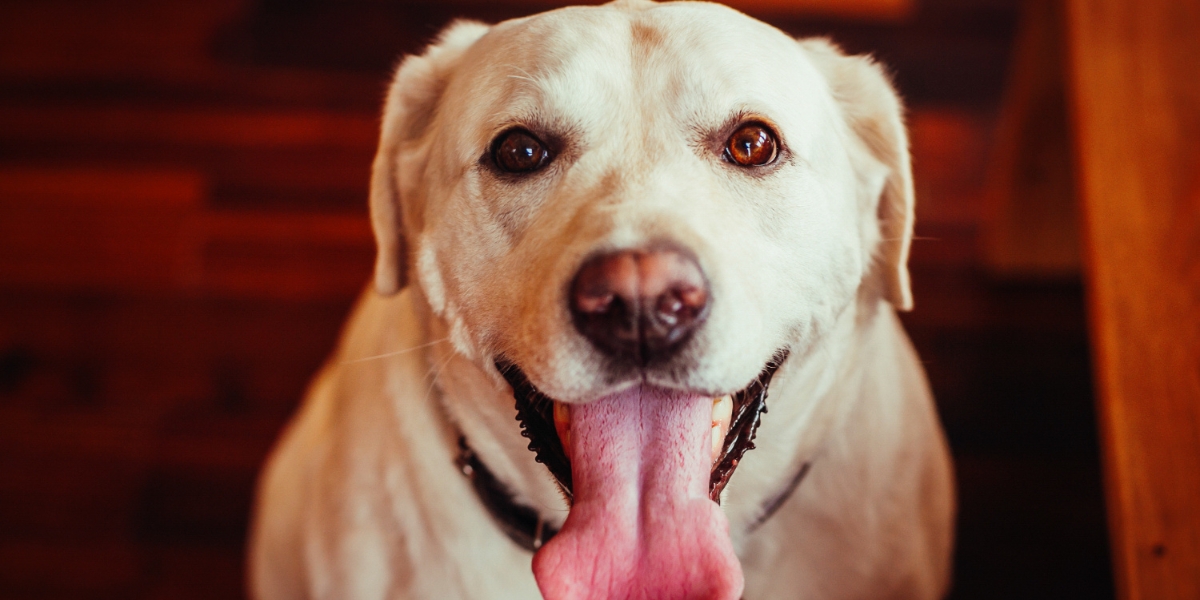The cranial cruciate ligament (CCL), often referred to as the anterior cruciate ligament (ACL) in dogs, is a vital tissue that connects the large bone above the knee, the femur, to the bone below the knee, the tibia. Like the ACL in humans, it plays a similar function by stabilizing the knee joint.
However, partial or full tears of this ligament are a common and painful condition in dogs, particularly in larger breeds like Labradors, Rottweilers and Newfoundlands, as well as smaller ones like Bichon Frise.
When a dog’s ligament is damaged, it can cause extreme discomfort, affecting the surrounding tissues, cartilage, and muscles in the knee joints. Such injuries are often the cause of health problems that limit movement and bring significant pain to your canine companion. Understanding your dog’s anatomy and the various ailments that come with a torn ACL can help you provide better care.
Usually, this type of injury stems from sudden trauma, leading to a torn cranial cruciate ligament. It’s critical to recognize the symptoms early and address this painful condition as untreated damage to the joints and tendons can lead to extreme mobility issues in your pets. Massage, when done carefully, can ease the discomfort and support recovery.
The below article will help you understand how to care for a dog with a torn ACL and provide relief through massage techniques.
How Do I Know If My Dog Tore Their ACL/CCL?
A ligament tear in dogs often shows up suddenly. With full tears, your dog will mostly or fully stop using the affected leg, making it non-weight-bearing. Partial tears, however, may not cause the dog to stop bearing weight entirely, but you might notice limping or ginger handling of the leg.
These tears can occur randomly due to a ligament injury or result from slow degeneration happening over a longer period without clear signs. Sudden, traumatic ruptures in a healthy ligament are less common, except in people and dogs with excess body weight or cruciate ligament disease, which increases the risk factor due to genetic factors or inflammatory conditions in the joint.
If you suspect the possibility that your dog has torn their ACL, it’s extremely important to have them evaluated by a veterinarian. Never attempt any at-home treatments or give over-the-counter medications without veterinary guidance, as some pain medications could be harmful. A vet can confirm the diagnosis, assess the severity, and rule out other problems causing similar signs.
In mild cases, particularly in smaller dogs, partial tears may heal with rest and therapy, but complete tears often require surgery and a long recovery period. For sudden emergencies, like a traumatic rupture, getting your dog assessed by a vet as soon as possible is crucial. A vet can determine whether a tear is present and recommend appropriate treatment.
Whether your dog needs surgery or therapy, addressing a ligament injury promptly can improve their comfort and recovery. Susceptible joints in breeds with genetic risks should be monitored closely to catch signs early.
Before You Massage Your Dog
Massaging your dog can be a helpful part of their recovery if they have a torn ACL (also known as a CCL). However, it’s important to first understand the condition and approach it with proper care. If your dog is recently injured, has undergone surgery, or is in significant pain from moving, avoid massaging the affected area. Even a good-natured dog may react by biting if the discomfort is too much, so proceed with extreme caution.
Before starting massage therapy, talk to your vet or a rehab-certified canine rehabilitation therapist for guidance. A trained professional can recommend whether at-home therapies are suitable and help you learn how to safely incorporate massage into your dog’s recovery. In some cases, a specialty rehab facility may be a better option to ensure your dog reaps the full benefits of massage therapy without risks.
If you’re cleared to proceed, focus on areas away from the torn ligament, such as your dog’s shoulders or back, to improve circulation and aid in overall healing. Always use gentle pressure with your hands, and avoid the dog’s CCL unless a physiotherapist or vet has given explicit approval.
With proper pain management and professional guidance, massages can be a valuable part of your dog’s treatment plan, supporting their recovery journey.
Benefits
You can perform low-intensity massages to assist your dog in the following ways:
- Help your dog gain mobility in the back leg
- Relax the surrounding muscles
- Encourage relaxation in your dog
- Help in decrease pain
- Reduce swelling and fluid retention
- Increase circulation
Dogs with an injured CCL can benefit from massage therapy both before and after exercise to alleviate minor aches and pains, and improve the knee range of motion.
The 6 Steps You Can Use to Massage Your Dog with a Torn CCL
Here’s how you can massage your dog with a torn CCL.
1. Help Your Dog Get Comfortable
The first and most important step in massaging your dog is ensuring they are comfortable. You don’t want your dog to feel fearful, stressed, or anxious during the massage, as this could make them move around or resist touch.
Make sure the surrounding environment is calm with no disturbances that could cause discomfort. When your dog is relaxed, they’re more likely to accept the massage and gain its benefits.
Since your dog is likely in pain from the tearing of the ligament, it’s important to use caution when attempting any actions near the painful area.
Even the nicest dogs may react or bite if the pressure hurts. If your dog has received a prescription for pain medication, make sure they’ve had their dose recently before performing the massage. This can help them stay in a comfortable position and allow better access to the injured leg.
2. Reduce Inflammation
For acute ACL tears, using ice is often recommended to reduce inflammation in the tissues surrounding the injury. Ice packs, wrapped in a tea towel, should be applied for about 10 minutes at a time, two to three times a day. This method helps to calm swelling and also provides a numbing effect, making your dog more comfortable during the healing process.
On the other hand, warm packs are rarely used in the immediate days after an injury or surgical repair, and should only be applied with professional approval. Heat should never be the first attempt, as it may worsen the injury or cause unnecessary discomfort. Always follow your vet’s guidance when using heat on the dog’s injured leg.
3. Use pain-relieving gels or massage oils
Using dog-safe massage oils or pain-relieving gels can make the massage process more effective and comfortable for your pup. You can apply the oil or gel to the dog’s affected leg to lubricate the area, allowing your hands to glide smoothly as you massage. This step is especially useful if your dog’s fur makes it harder to reach the affected area. Don’t skip this step, as it helps to reduce friction and makes the massage much easier to perform, ensuring your dog is more relaxed and comfortable during the session.
4. Focus on the entire body and not just the affected area.
To help your dog feel relaxed, start by massaging the base of their ear flaps. Use your thumb inside and index finger outside to make small, slow circular motions on the inner ear flap. Then, place your hands on either side of your dog’s head and use your thumbs to gently massage the top of the head, moving slowly toward the base of the neck.
Next, let your palms stroke the back and flank, applying gentle but firm pressure. Observe your dog’s signs of relaxation or discomfort—if they show they’re not liking the massage, respect their response and stop repeating motions. For the next few minutes, keep your motions slow and focused to ensure they feel comforted throughout the process.
5. Include their legs and hips in the massage.
When massaging your dog with a torn ACL, stand behind your dog and begin by gently stroking their sides and back to help them relax. Place your palms on the flank, and with your thumbs positioned on the back, guide your palms downward toward the pelvis in a smooth, curved motion. Use light pressure along the outer thighs, ensuring your dog responds well to your touch.
After working on the flank, focus on the affected leg. Repeat the massaging motion a few times, taking care not to spend more than 3–5 minutes massaging any one area unless directed by a professional. Always monitor your dog’s response, as their comfort is key to a successful massage.
6. Massage the surrounding thigh muscles using a “C” motion.
To help relax stiff and sore muscles following a torn ACL injury, begin by focusing on your dog’s non-affected leg first. This helps your dog get used to the massaging motion and builds trust. Using gentle but firm pressure, press your thumbs into the glute muscles near the hip and move them in a slow, backward “C” motion. This massage technique increases blood flow and reduces muscle tightness.
When working on the affected leg, target the thigh muscles, inner thigh, and outer thigh. Apply gentle pressure around the knee joints, as this can stimulate blood flow and reduce scar tissue. For best results, alternate between clockwise movements and repeated massaging motions, ensuring your dog responds positively. Gradually expand your work to include the surrounding thigh and glute muscles to relax tight areas and prevent discomfort.
Keep your movements slow and deliberate, and observe how your dog’s leg muscles respond. By massaging in this way, you not only help reduce soreness but also support recovery by encouraging your dog’s natural healing process.
For a more detailed guide, including visual instructions, check out this video by Marc Smith DVM
Conclusion
A massage can be an effective tool to help your dog heal from an ACL tear or related injuries, but it’s crucial to have them assessed by a vet first. This ensures the ligament tear is properly diagnosed, and you can talk about activity restrictions and other special considerations for recovery.
Always follow your vet’s advice on appropriate medications and home therapies, and avoid directly massaging the dog’s knee or injured area to prevent any further damage.
During massage sessions, focus on large muscles near the injury, like the quadriceps in the front and the hamstrings at the back of your dog’s thigh. Use stable pressure and start near the knee, gradually moving along the leg to target key muscle groups without applying too much pressure, which could lead to negative impacts like increased inflammation, pain or further injury. Proper technique is essential to ensure the knee isn’t harmed.
Massaging can also strengthen the bond between you and your dog while helping to alleviate discomfort and stiffness in the affected legs. Gentle flank strokes and slow, moderately firm pressure around the back and thigh can aid healing without risking harm, even for dogs recovering from surgery. Done correctly, it supports your pup’s recovery journey.
Want to learn more about your dog’s health and well-being?
Why is my dog acting drunk and wobbly? Should I be concerned?
Is your dog’s nose changing to a pinkish hue?
My dog ate weed: What should I do next?


